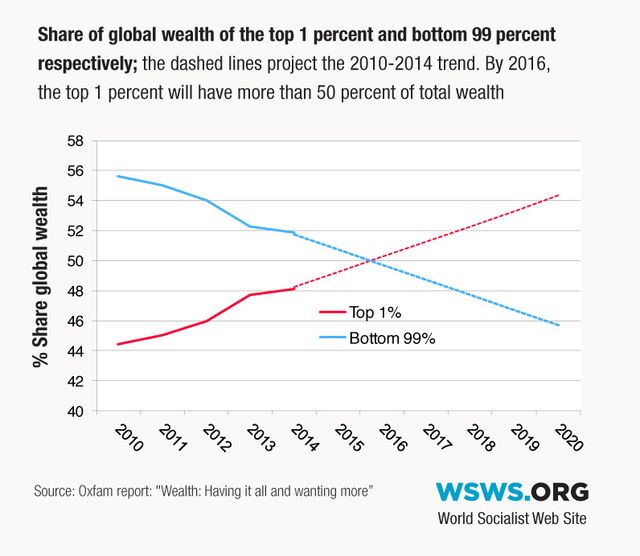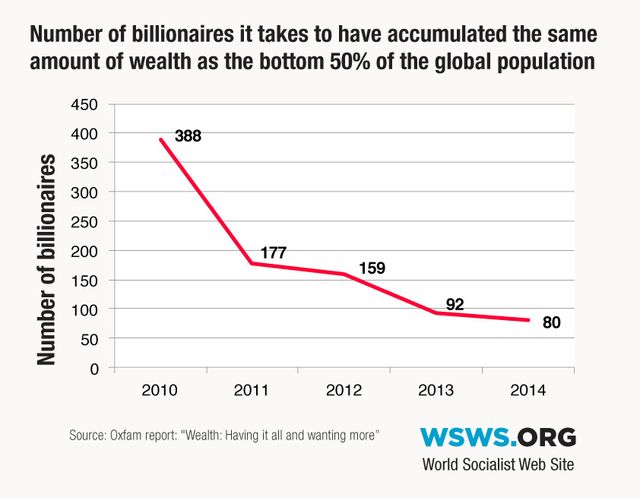A Second Look at the Pareto Principle
Vilfredo
Pareto (1848 – 1923) was an Italian civil engineer who became more
famous as an economist, political scientist and philosopher. He gave the
world what we call the 'Pareto Principle'. At the University of Lausanne,
Switzerland he published his first paper "Cours d'économie
politique" in 1896. Studying income
distribution of people, he found that 80% of the land in Italy
The
quality guru Joseph Juran popularized the Pareto Principle. In reliability
engineering it is now known that 80% of the problems or pains come from 20% of
the 'bad actors'. In problem solving, esp. with Lean Six Sigma projects, we
have been preaching the mantra of Pareto for decades saying that the root
cause(s) of the problem is (are) few, and usually can be found within 20% of
the input factors that contribute to 80% of the effects [not strictly true,
though]. So rather than trying to find a needle in a haystack a smart problem
solver should rather focus on a limited area. In the business world, similarly,
a common rule of thumb says that "80% of your sales come from 20% of
your clients."
Pareto
Principle is often called the ‘80/20 Rule’. You
can apply the 80/20 Rule to almost anything, from the science of management to
the physical world. Project Managers know that 20 % of the work (the first 10%
and the last 10%) consume 80 % of your time and resources. You probably can find out that 20 % of your stock is taking up 80 % of your warehouse
space and that 80 % of your stock comes from 20 % of your suppliers.
If you are a site manager, 20% of your staff will cause 80 % of your problems,
but another 20 % of your staff will provide 80 % of your production.
Similarly, don’t be surprised to know that 80 % of your sales revenue is
probably coming from 20 % of your sales staff. Don’t be surprised either to
find out that 80% of customer complaint comes from 20% of your customers.
It is
not difficult to understand why those smart sales guys are interested in
hooking up or earning the loyalty of their customers by providing preferential
services - platinum or gold service as against bronze service – to their target
clients. One would call such a customer service a highly discriminatory
practice due to the fact that not all the customers are treated equally. The
sad reality is you can see such discriminatory treatments in most service
sectors today, even with the airlines industry.
Last
Monday I was on a flight to Detroit from Philadelphia
As can
be seen, the Pareto Principle is responsible for popularizing the use of the
term "elite" in social analysis. It was a Darwinian type finding –
survival of the fittest. Society
has never been a "social pyramid" with the proportion of rich to poor
sloping gently – almost in a linear way - from one class to the next. “Instead
it was more of a ‘social arrow’ – very fat on the bottom where the mass of men
live,” notes mathematician Prof. Benoit Mandelbrot (known for his work with the
fractals), “and very thin at the top where sit the wealthy elite. Nor was this
effect by chance; the data did not remotely fit a bell curve, as one would
expect if wealth were distributed randomly.”
Oxfam also estimated that by next year, the wealth accumulated by the richest one percent of the world's population would exceed that of the other 99 percent.


Are you
surprised, where we are heading? I am not. Whether we like to admit or not: the
harsh fact is - growing
inequality between the rich and the poor has been fueled by the capitalist
system and a society that values material wealth above everything else. We have
become a consumer society who does not mind buying things we don't need, with
money we don't have to impress the people we don't like. At this rate, we are
doomed to generate twice the waste by 2025 that we generate today. Global
poverty has been spurred on by the inefficient and inequitable distribution of
opportunities in this current system.
As is
well known among social scientists, Pareto’s work drew the attention of Benito
Mussolini (1883-1945) who in his first years of power (1922-1945) destroyed
political liberalism, and gradually gave the Italian state its fascist,
totalitarian character. With the ever widening of the wealth gap, are we
witnessing the underpinning of a resurgent fascism in our time?
Unless
our generation finds a better system that guarantees an equitable distribution
of opportunities, which is at the heart of wealth gap, I am afraid we shall
witness what was once 80% in Pareto’s time to grow to 99% and higher.
Comments
Post a Comment